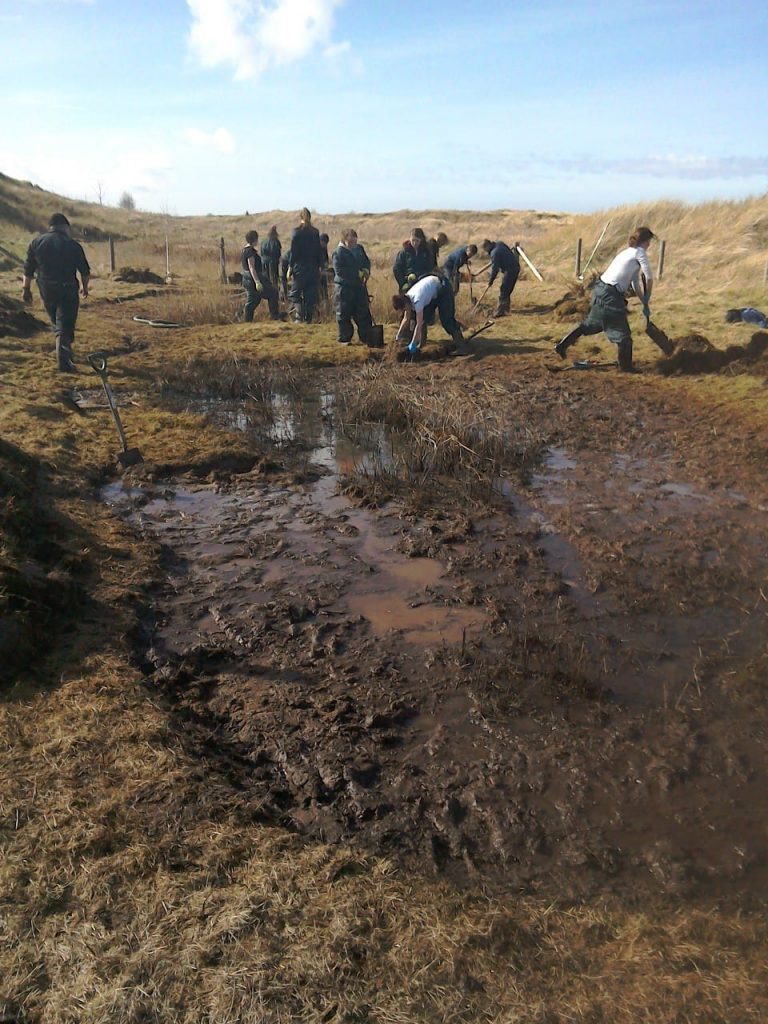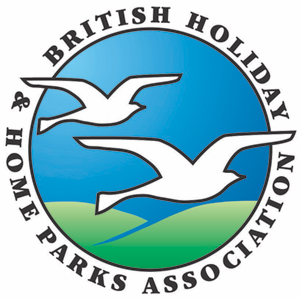Conservation inspiration: protecting habitats
North Wales park protects important dune system

THE DBCAS encourages parks to look after important local conservation areas and, in 2017, Presthaven Beach Resort in North Wales was recognised for its long-term commitment to protect the Gronant and Talacre Dune – a designated Site of Special Scientific Interest (SSSI).
“The dunes here are of specific ecological importance,” said Jack Parry, the park ranger. “It is the only area in Wales to have breeding populations for the UK’s rarest amphibian, the natterjack toad and of one of the country’s rarest reptiles, the elusive sand lizard.”
A structured five-year management plan for the dunes is in place and is largely carried out by Jack and volunteers from local environmental charities. The park also has partnership agreements with local authorities who provide advice, volunteer help and resources such as machinery and tooling.
Throughout the year, Jack and his team carry out works to ensure that the dune habitat is well-managed for the wildlife species that rely on it. This work includes regular pond maintenance and clearing scrub. Regular surveys are conducted so that the project team can calculate population sizes within the dunes. All habitat works are carried out sensitively and, where possible, nature is allowed to take its course.
“One of the challenges we face is people pressure on the site,” said Jack. “However, we have turned this to our advantage using every opportunity we can to educate the clients and visitors and to get them involved with the habitat work by running regular events.”
According to Jack, the benefits of this work are massive, not only to wildlife but also to the people who visit Presthaven Sands, who know that they are experiencing one of the most biodiverse and important wildlife areas in the country.
“There has been a 100% rise in breeding natterjacks in the last 12 months, record numbers for breeding little terns in 2017 and sightings of a good number of sand lizards,” said Jack. “There is also an annual display of beautiful wildflowers for guests to enjoy, including orchids and sea holly.”
Volunteers, including those from the park, work to ensure that the dunes continue to allow wildlife to thrive
Seeking inspiration for new ways in which your park can help protect the natural world? In these articles, Rufus Bellamy, head of the David Bellamy Conservation Award Scheme, highlights some of the latest initiatives being taken. For more ideas, visit http://stayuknews.co.uk/conservation/


